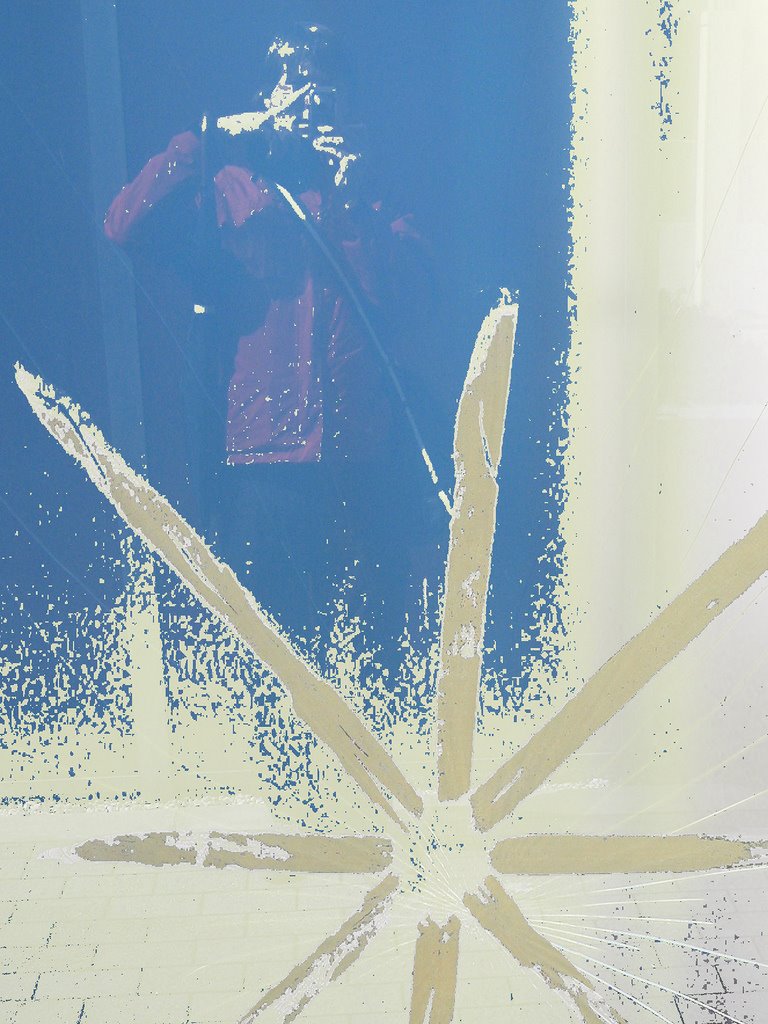 Christmas is a big thing here. Of course there is no real tradition for it so it is something rather modern and therefore are some funny things to find. Nevertheless, not quite different from the copy and paste food (i will report of later) i am somewhat disappointed because of the decency with which things are put up here all in all. I only heard “Last Christmas” twice. Most of the time You have dimmed down classical music or choruses chanting even very rare themes from my home country like “Es ist ein Ros' entsprungen”.
Christmas is a big thing here. Of course there is no real tradition for it so it is something rather modern and therefore are some funny things to find. Nevertheless, not quite different from the copy and paste food (i will report of later) i am somewhat disappointed because of the decency with which things are put up here all in all. I only heard “Last Christmas” twice. Most of the time You have dimmed down classical music or choruses chanting even very rare themes from my home country like “Es ist ein Ros' entsprungen”.Yesterday i passed by Roppongi Hills with my love, who is staying in Tokyo at the time, and we stumbled into a Christmas Market, where you can get lots of wooden craft, sausage and kraut, and even sweet hot wine (Glühwein)! Yeah!
Anyway it really is birthday time now, as the Japanese Emperor is celebrating his on the 23rd.
 We took the rare occasion to enter the area of the Imperial Palace which is closed except for two days of the year and get a glance of the buildings as well as the royal family, showing up on a balcony and addressing the crowd.
We took the rare occasion to enter the area of the Imperial Palace which is closed except for two days of the year and get a glance of the buildings as well as the royal family, showing up on a balcony and addressing the crowd.Then we went on to nearby Yasukuni shrine, which in fact never has been visited by the present emperor, there we had some soba among ultra nationalists and an assembly of Yakuza, who nevertheless gathered there for that particular day.
All in all exploring Tokyo together with my girlfriend was a very exciting and romantic time. Today we will celebrate Christmas together, and from tomorrow travel to Takayama and Kyoto.

Merry Christmas to all of You!
Kathi and Christian
Christmas Fotos



































